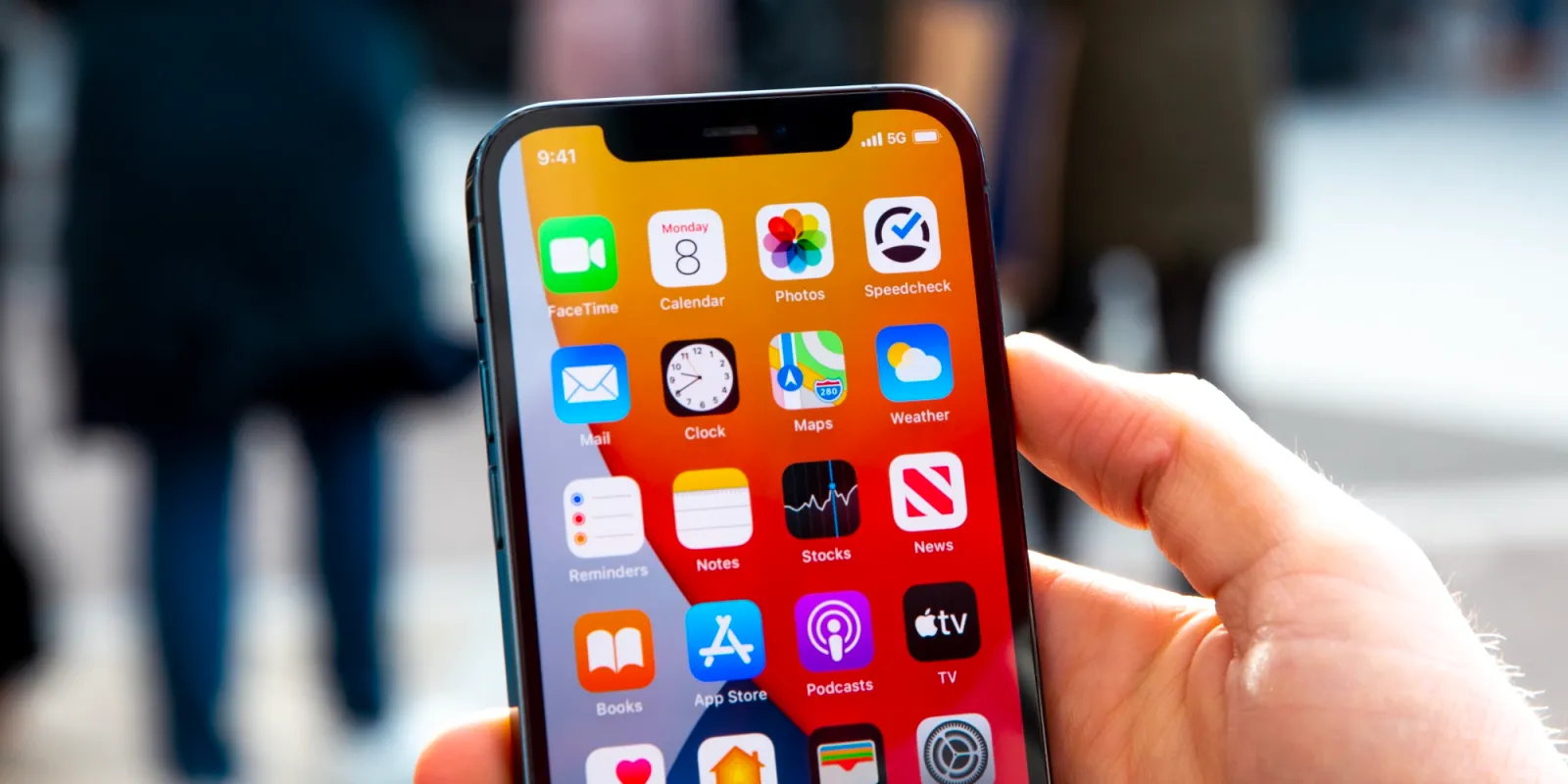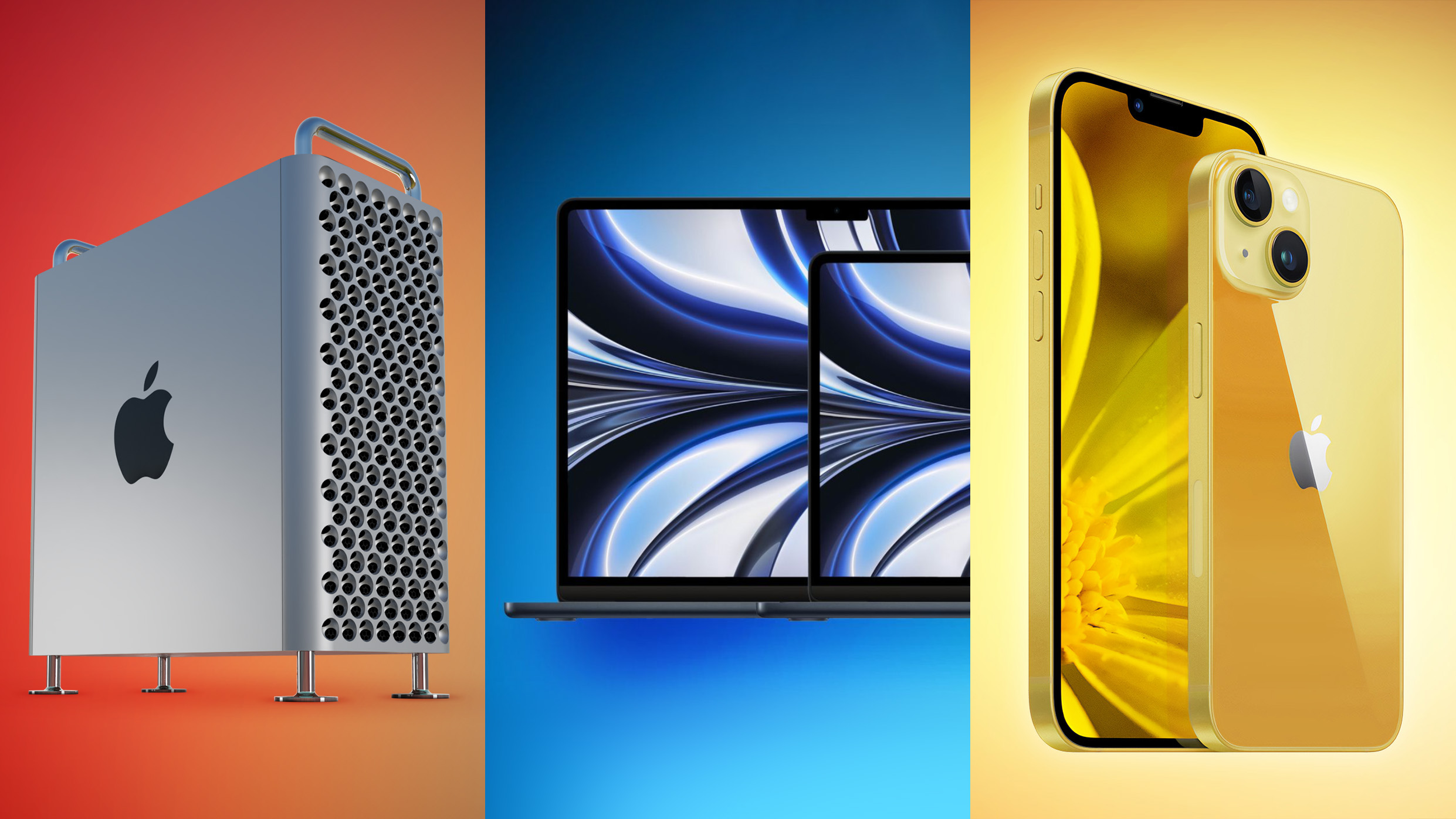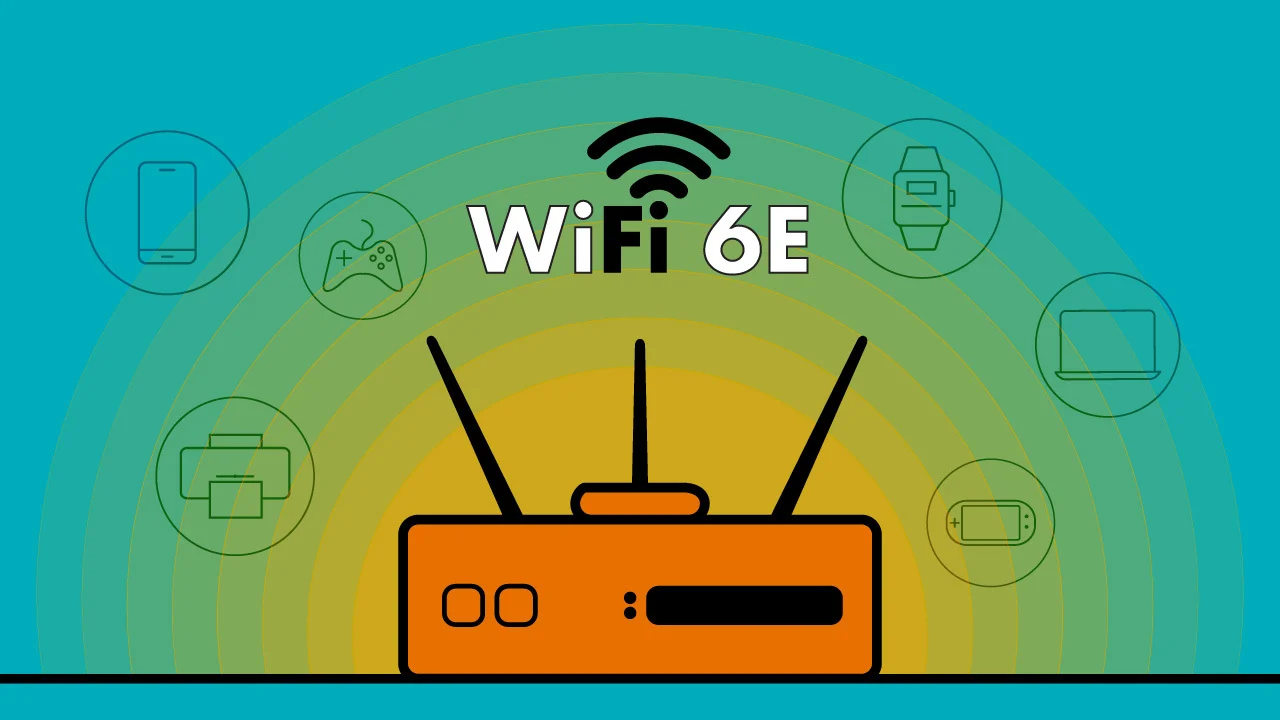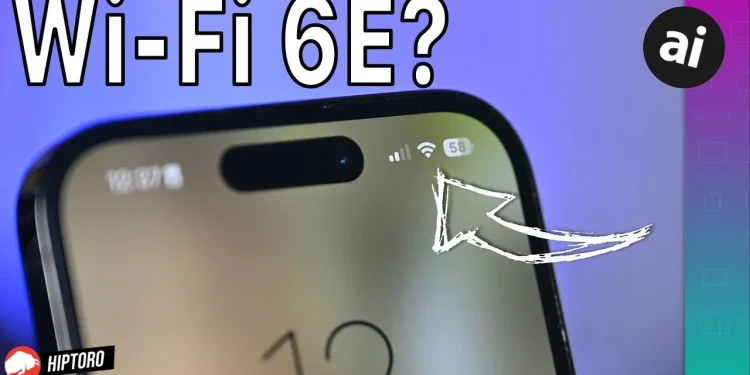Apple, just recently, has begun to roll out more devices that support WiFi 6E. Wi-Fi, also referred to as wireless fidelity, has grown in importance in our daily lives. It’s a method of having a wireless internet connection. The New York City-based Institute of Electrical & Electronics Engineers, or IEEE, creates and monitors new Wi-Fi standards every few years.

These standards comprise a collection of protocols and processes that govern the operation of the relevant Wi-Fi version. As of December 2023, the most recent standard that is currently in use is IEEE 802.11ax, which was approved in 2020. It is compatible with both Wi-Fi 6 & Wi-Fi 6E versions. Wi-Fi 6E is the only version that can use the 6 GHz band, even though both are based on the same standard. Additionally, Wi-Fi 6 supports the 2.4 GHz & 5 GHz bands.
List of iPhones, iPads, and Macs that Support Wi-Fi 6E

Here is a list of all the available Apple devices that support Wi-Fi 6E.
1. iPhones-
- iPhone 15 Pro
- iPhone 15 Pro Max
2. iPads-
- M2 iPad Pro 11-inch (4th generation)
- M2 iPad Pro 12.9-inch (6th generation)
3. Macs-
- Mac mini 2023 (M2, M2 Pro)
- Mac Studio 2023 (M2 Max, M2 Ultra)
- Mac Pro 2023 (M2 Ultra)
- iMac 24-inch 2023 (M3)
- MacBook Pro 14-inch 2023 (M2 Pro, M2 Max)
- MacBook Pro 16-inch 2023 (M2 Pro, M2 Max)
- MacBook Pro 14-inch 2023 (M3, M3 Pro, M3 Max)
- MacBook Pro 16-inch 2023 (M3 Pro, M3 Max)
As we observe, the tablet and smartphone industries are still relatively new to the most recent Wi-Fi standard. The standard has also just lately been adopted by the PC and laptop industry, albeit somewhat more so than the former. There is still some time to wait for more Wi-Fi 6E-capable gadgets to hit the market.
What is WiFi 6E?

An expansion of Wi-Fi 6, Wi-Fi 6E offers numerous improvements over Wi-Fi 6. As was previously mentioned, Wi-Fi 6E and Wi-Fi 6 are both compliant with IEEE 802.11ax. Wi-Fi 6 does not support the 6 GHz band, whereas it does. In comparison to Wi-Fi 6, it also provides faster speeds, reduced latency, increased capacity, and improved network security.
To put things in perspective, the IEEE’s LAN/MAN Standards Committee, which is in charge of these Wi-Fi protocols and other wireless networking technologies, is represented by the number 802. The body that develops WLAN standards is represented by the 11 in 802.11. Finally, the characters at the end aid in distinguishing between various Wi-Fi versions.









